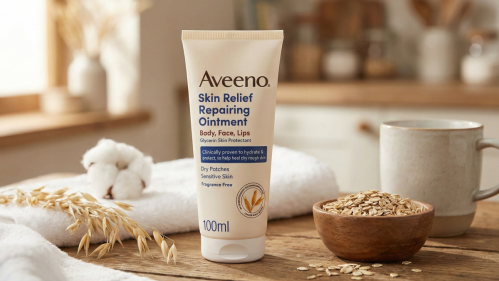Active preschoolers, who run, climb and jump often fall over and it is easy to forget that they aren’t as sturdy as their older siblings. Children of this age are particularly susceptible to nursemaid’s elbow which is a partially dislocated elbow joint. It is also commonly referred to as ‘pulled elbow’ and is one of the most common elbow injuries in children between the ages of one and four, although older children can also experience it. If your child has nursemaid's elbow it is easily treated and there will be no lasting damage.
The injury generally happens in younger children because their ligaments are loose and their bones are not yet fully formed. This makes it easier for bones to slip out of place. As children get older their ligaments will tighten and become thicker, bones will become larger and harden and the risk of nursemaid’s elbow is greatly lessened.
Nursemaid’s elbow can occur in a number of different ways:
Pulling a child up by the hands: pulling on the hands can put pressure on the elbow. You should always lift a toddler or infant under the armpits.
Swinging a toddler by the arms: any type of swinging by holding the hands or wrists can put pressure on the elbow and should be avoided.
Jerking a child’s arm: pulling your child along while walking or suddenly jerking their hand can put pressure on the elbow. Always be gentle when holding your child’s hand.
Breaking a fall with their arm: everyone’s natural instinct when falling is to extend their arms for protection. The elbow can overextend resulting in a slipped bone in the elbow.
Rolling over in an awkward way: rolling over in an awkward way in their crib or bed can also result in nursemaid’s elbow.
There are signs and symptoms you can look out for if you suspect your child may have nursemaid’s elbow:
- Refusing to use an arm: if your child has nursemaid’s elbow they will not be able to use their arm without pain. You will notice your child is keeping their arm straight by their side with a slight bend in the elbow. When kept in this position your child will only be experiencing mild discomfort.
- No swelling or deformity: If your child has nursemaid’s elbow there will be no discernible swelling or deformity of the elbow.
You should consult with your G.P. or paediatrician if you suspect your child may have nursemaid’s elbow. You should never try to pop the elbow back in place yourself. Your child’s doctor will be able to slip the arm back into place. During this procedure your child may experience momentary pain but soon after treatment any discomfort will be gone. Most children have full use of their arm within 5 to 10 minutes.
It’s important to remember that nursemaid’s elbow is often unavoidable as some children are just more prone to injury and those who have gotten nursemaid’s elbow once are likely to get it again.




